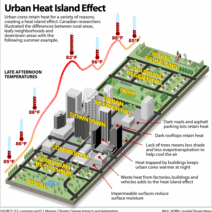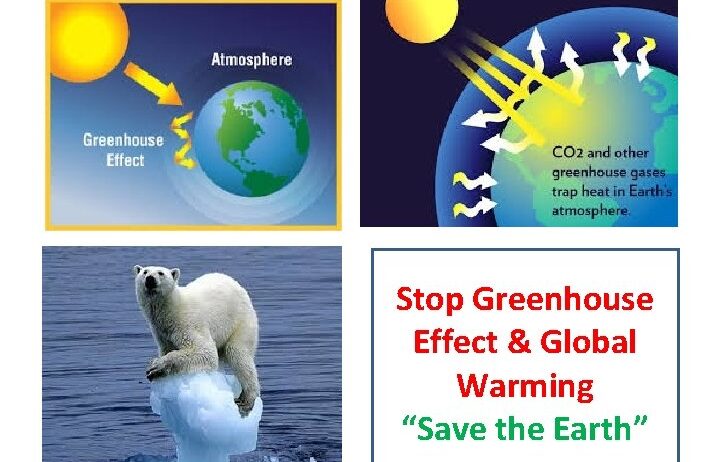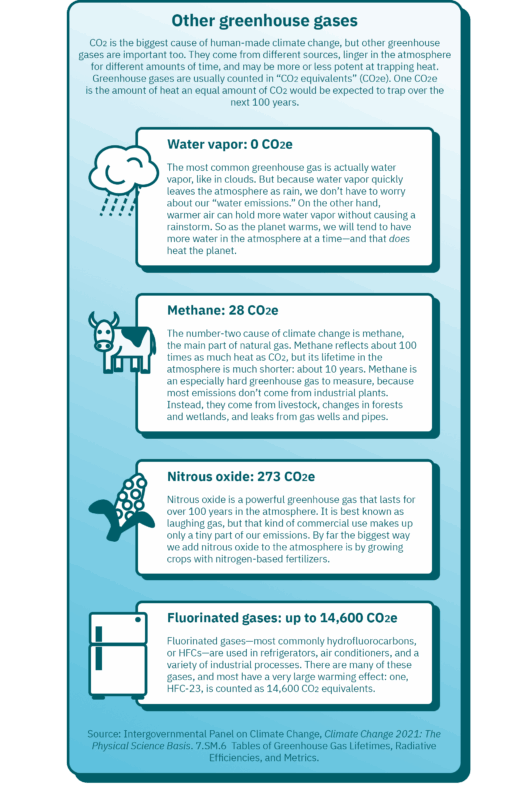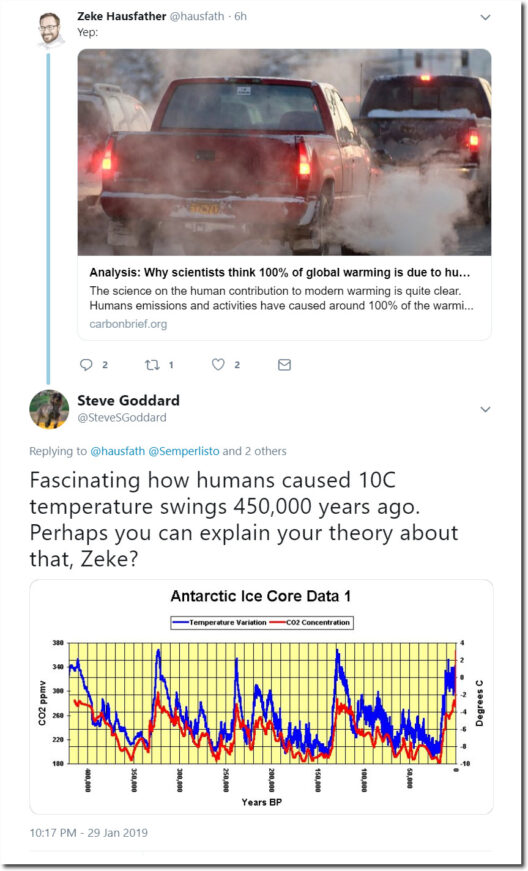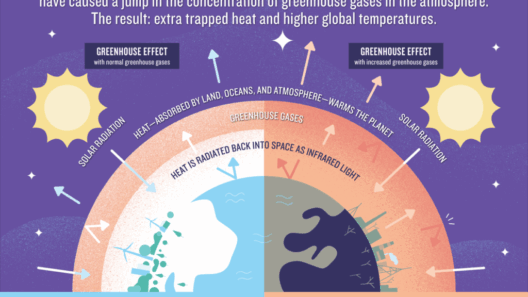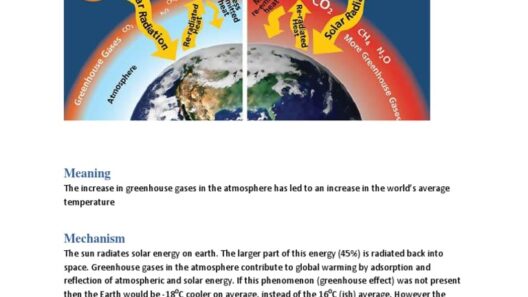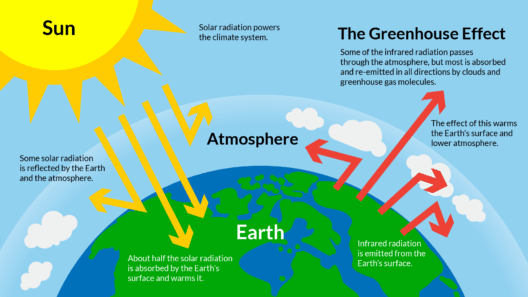The greenhouse effect, while a natural phenomenon, has been amplified by human activity, leading to global warming and climate change. As the planet’s temperatures rise, we are posed with a critical question: how can we stop the greenhouse effect and ensure a sustainable future for our planet? This query may seem daunting, yet it opens the door to a myriad of potential solutions ripe for exploration.
Addressing the greenhouse effect demands a multi-faceted approach. The challenge lies in harmonizing technological advancements, policy reforms, and shifts in public consciousness. Let us delve into innovative strategies, illuminating the pathways available to mitigate these pressing concerns.
Reducing Emissions: The Clean Energy Transition
One of the foremost strategies to combat the greenhouse effect is by transitioning from fossil fuels to renewable energy sources. Fossil fuels, such as coal, oil, and natural gas, are significant contributors to carbon dioxide emissions. Renewable energy sources—principally solar, wind, hydroelectric, and geothermal—offer a sustainable alternative.
Investments in solar technology have skyrocketed in recent years. With the cost of solar panels plummeting, households can harness energy directly from the sun, significantly reducing their carbon footprint. Wind energy also plays a pivotal role; expansive wind farms can generate electricity without releasing harmful emissions. By enacting incentives to foster the development of these renewable infrastructures, governments can encourage private investment and innovation.
In addition, energy efficiency stands as a critical component of the clean energy transition. Retrofitting buildings with improved insulation, energy-efficient appliances, and smart technology not only cuts emissions but simultaneously lowers energy costs. With the implementation of stringent standards for appliances and vehicles, we can drastically decrease the amount of energy consumed, which translates into fewer emissions.
Cultivating Sustainable Practices: The Role of Agriculture
Agriculture has immense potential to either exacerbate or alleviate the greenhouse effect. Agricultural activities are responsible for a significant percentage of global greenhouse gas emissions, primarily through methane released by livestock and rice paddies, along with nitrous oxide from fertilized soils.
To mitigate this, embracing sustainable farming practices is essential. Techniques such as no-till farming, crop rotation, and intercropping can enhance soil health and sequester carbon. These methods not only curb emissions but also promote biodiversity and resilience against climate change.
Moreover, reducing meat consumption could have a profound impact. The livestock sector is a major contributor to greenhouse gases, thus encouraging plant-based diets can alleviate pressure on agricultural systems. Community initiatives aimed at local food production, such as urban agriculture and community-supported agriculture (CSA), further support this shift toward sustainability.
Forests as Carbon Sinks: Protecting Our Green Heroes
Forests serve as crucial allies in the fight against climate change. They absorb carbon dioxide from the atmosphere, thus acting as natural carbon sinks. However, deforestation remains rampant, contributing massively to greenhouse gas emissions. Protecting existing forests and restoring degraded lands is vital to halting the greenhouse effect.
Implementing policies that promote reforestation and afforestation can enhance biodiversity and provide ecological benefits. Community-driven forest management initiatives engage local populations in conservation efforts, ensuring sustainable practices while promoting social equity.
Additionally, supporting agroforestry, which combines agriculture and forestry, enables farmers to cultivate crops alongside trees, enriching the soil and providing habitats for wildlife. This symbiotic relationship enhances carbon sequestration while maintaining food production systems.
Technological Innovation: The Future is Now
Innovation in technology offers compelling solutions to stem the tide of greenhouse gases. Carbon capture and storage (CCS) is one such groundbreaking technology. By capturing carbon dioxide from industrial processes before it enters the atmosphere, CCS can significantly reduce emissions from fossil fuel combustion.
Moreover, advancements in climate engineering, such as solar radiation management, have emerged as potential tools for combating global warming. However, these methodologies are not without controversy and require extensive research to understand their long-term implications.
Public Engagement: The Power of Social Change
The societal shift towards sustainability is as crucial as technological and agricultural changes. Educating the public about the causes and consequences of the greenhouse effect fosters a deeper connection with the planet. Grassroots movements advocating for climate action have gained momentum, revealing that collective actions can influence policy and drive significant change.
Encouraging individuals to adopt lower-carbon lifestyles can have a ripple effect. Simple actions, such as reducing energy consumption, utilizing public transport, or engaging in waste reduction efforts, cumulatively contribute to the overarching goal of lowering greenhouse gas emissions.
Inspiring leaders and influencers to champion environmental causes can also create awareness and motivate others to act. From powerful documentaries to engaging social media campaigns, increasing the visibility of climate change narratives can galvanize public support for meaningful action.
Conclusion: The Path Forward
As we explore solutions to combat the greenhouse effect, it is evident that no single strategy will suffice. It requires a concerted and holistic approach, striking a balance between innovation, policy reform, and public engagement. The challenge is undeniably complex, but the potential rewards of a healthier planet and sustainable future are well worth the effort. Together, we can pave the way toward a world where the greenhouse effect no longer threatens the integrity of our environment. The time to act is now—our planet’s future depends on it.

